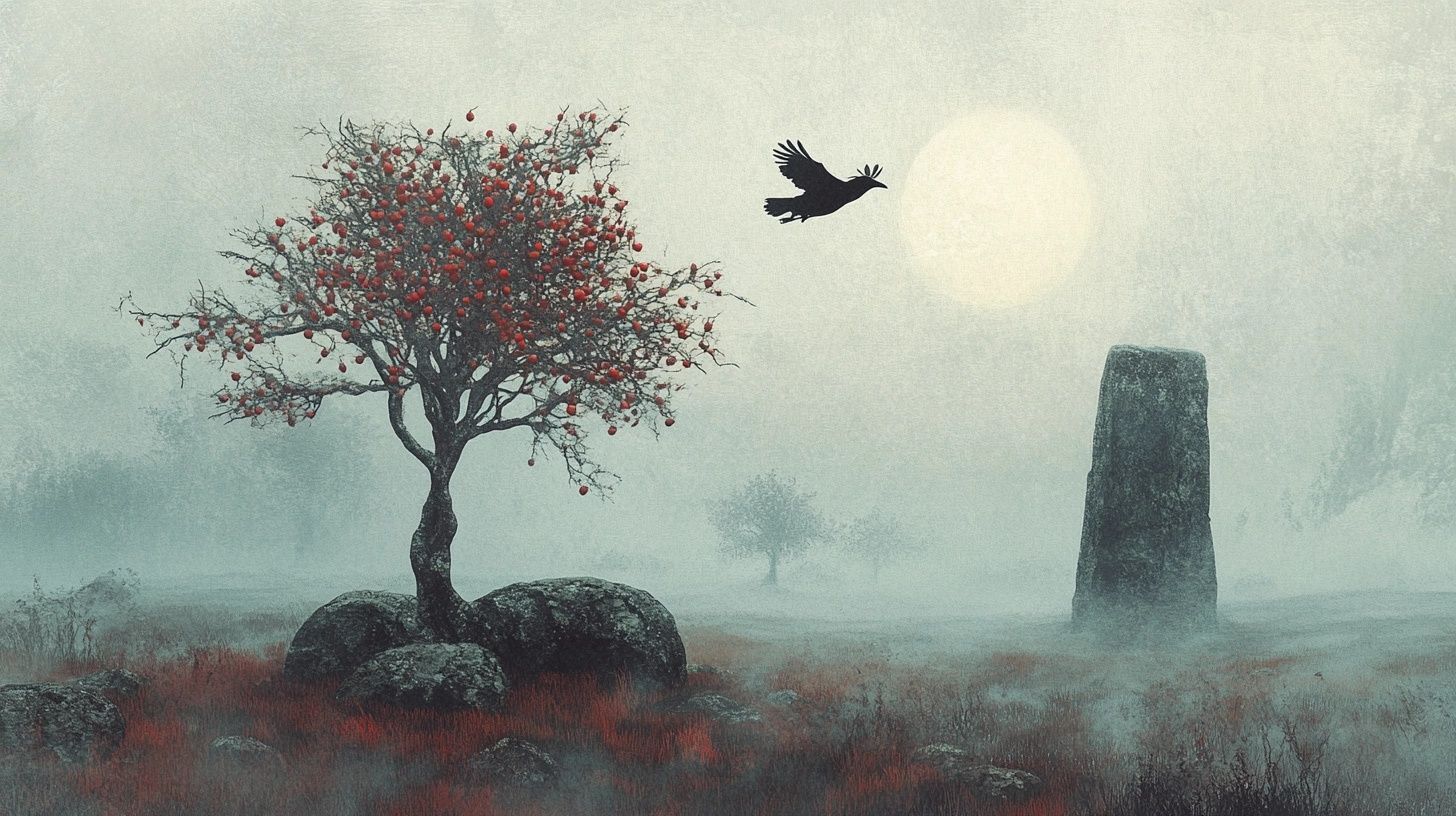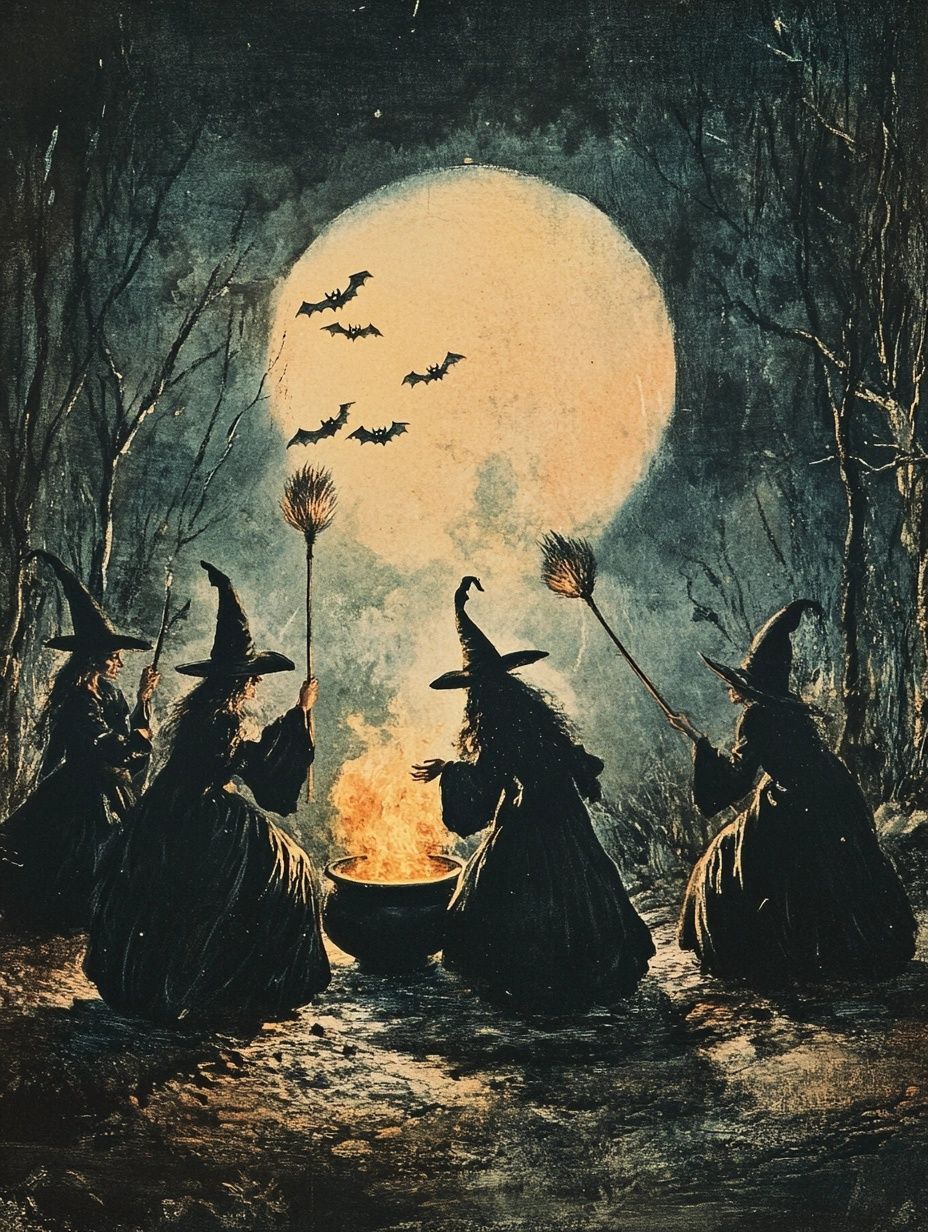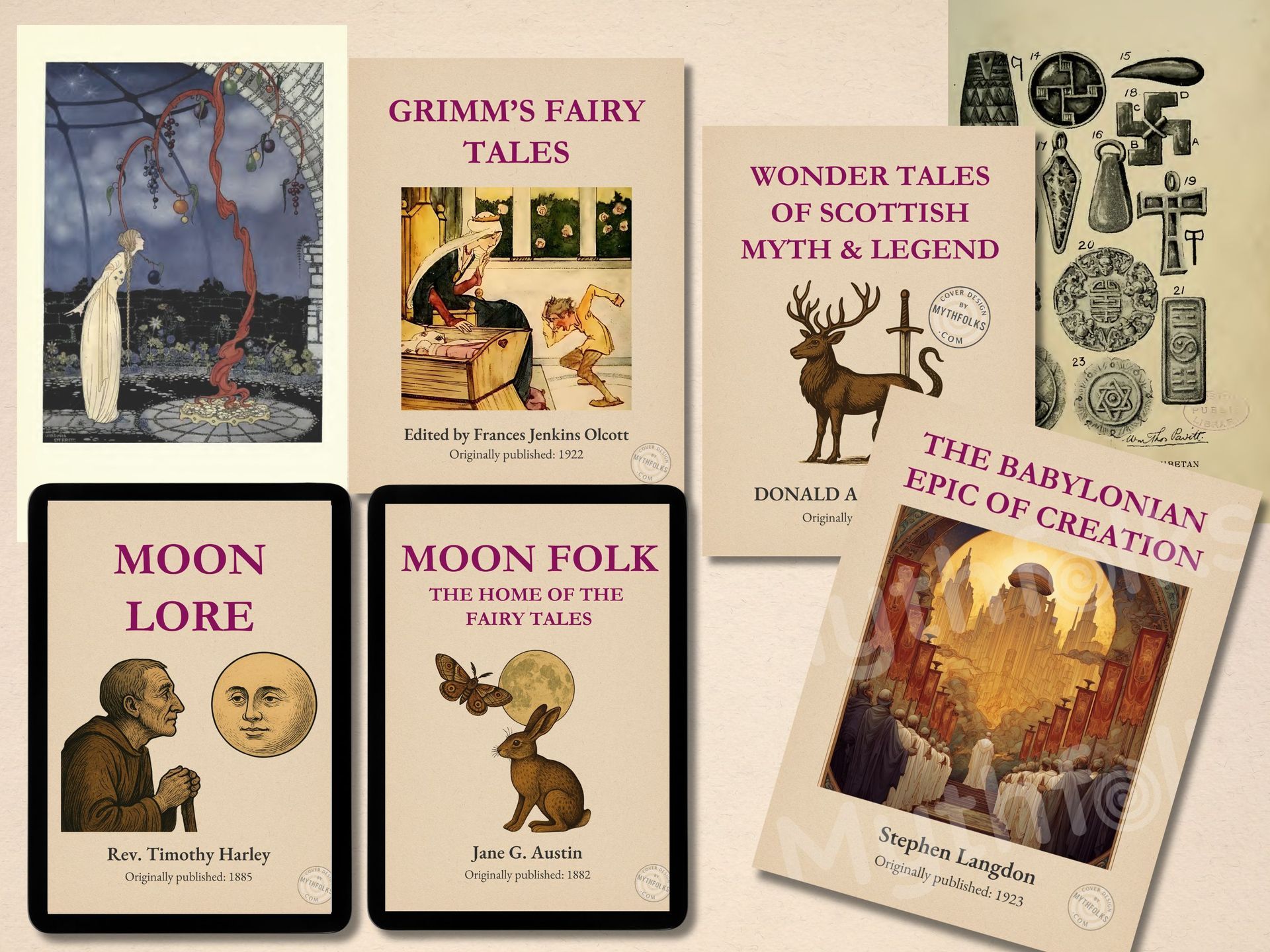Obscure death omens & spirits from Celtic to Latin American folklore
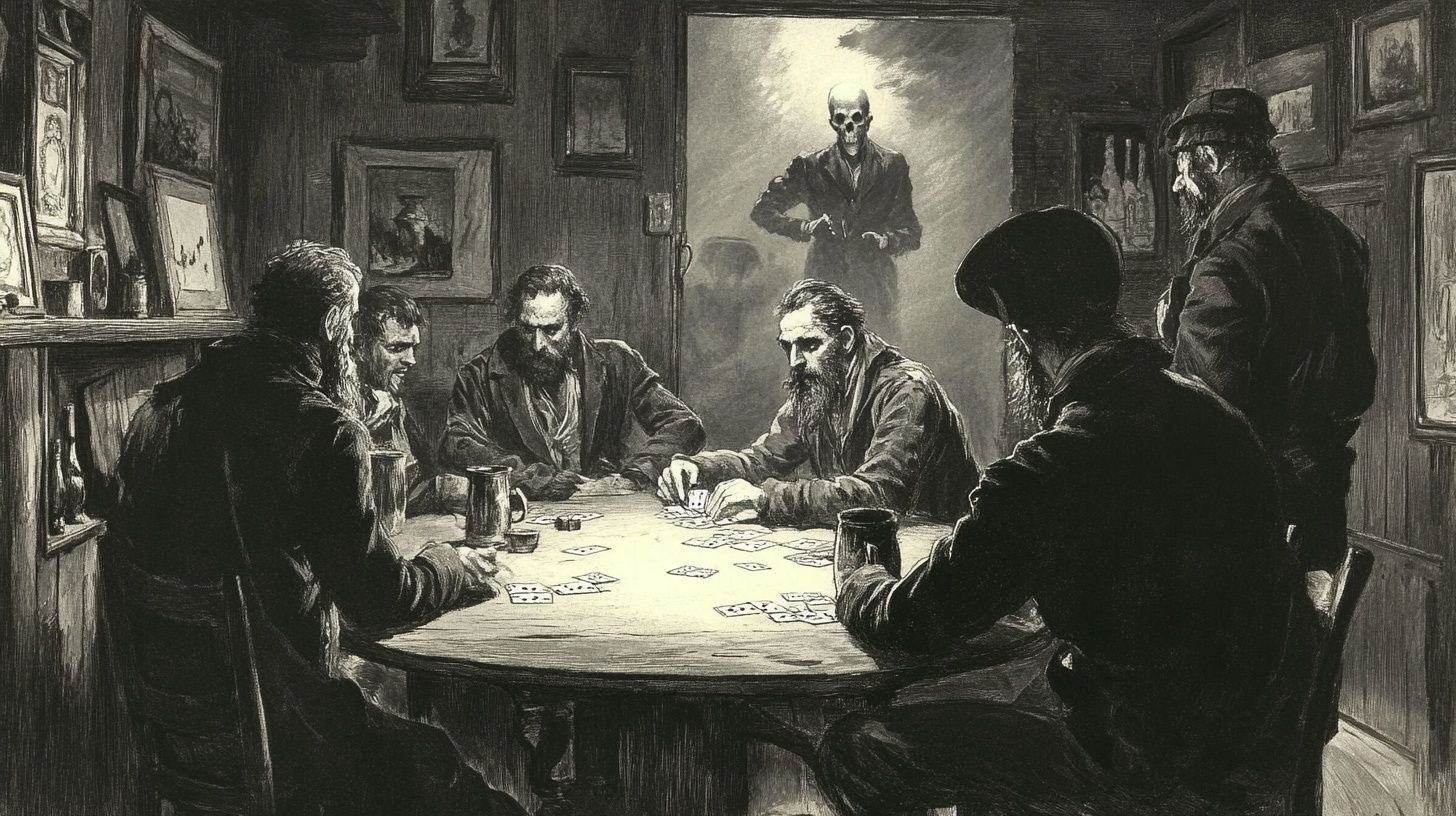
This article gives great authentic & obscure details for writers & storytellers in folk horror, body horror, monster horror, dark fantasy and other fantasy & horror genres.
Humans have been trying to make sense of death since the dawn of time.
And folklore is full of stories of spirits and other omens that were supposedly a signal of someone's impending doom. You couldn't necessarily do anything about it - but maybe it would help you to be prepared.
Read on to discover some of the more obscure details of these creatures and omens.
*Warning:
Given the title and topic it should come as no surprise that, although not graphic, there are descriptive details of beliefs and customs related to death in this article that aren’t suitable for readers under 16*.
Published: 24th Nov 2025
Author: Sian H.
Death spirits & omens in Celtic & Germanic folklore
Some of the most vivid death omens come from Celtic tales of Ireland and Scotland, where spirits were often deeply tied to family and lineage.
The Banshee
The original Banshee of folklore (bean (ban) sídhe (shee) in Scotland, also sometimes called “Bo-heentha" or “Bankeentha” in Ireland) is an ancestral spirit, attached to specific ancient families (though there was at least one incident recorded of a family of English name and heritage also being affected).
This spirit usually appears wailing and clapping her hands to signal an approaching death and her cry is said to be the inspiration for the keen, the traditional Gaelic Celtic funeral mourning cry.
If a particularly great or holy person dies, multiple banshees may gather to sing in chorus. It should be noted that the person who will die never hears the Banshee’s cry, only those around or close to that person.
The Dullahan
The Banshee is sometimes accompanied by the coiste-bodhar, a massive black coach mounted with a coffin and drawn by headless horses driven by a Dullahan.
If this coach comes to a door and the occupant opens it, a basin of blood is reportedly thrown in their face.
Although the Dullahan is linked to its phantom coach, it is a specific type apparition v.s general phantom coaches which often appear in old stories but don’t necessarily have anything to do with death.
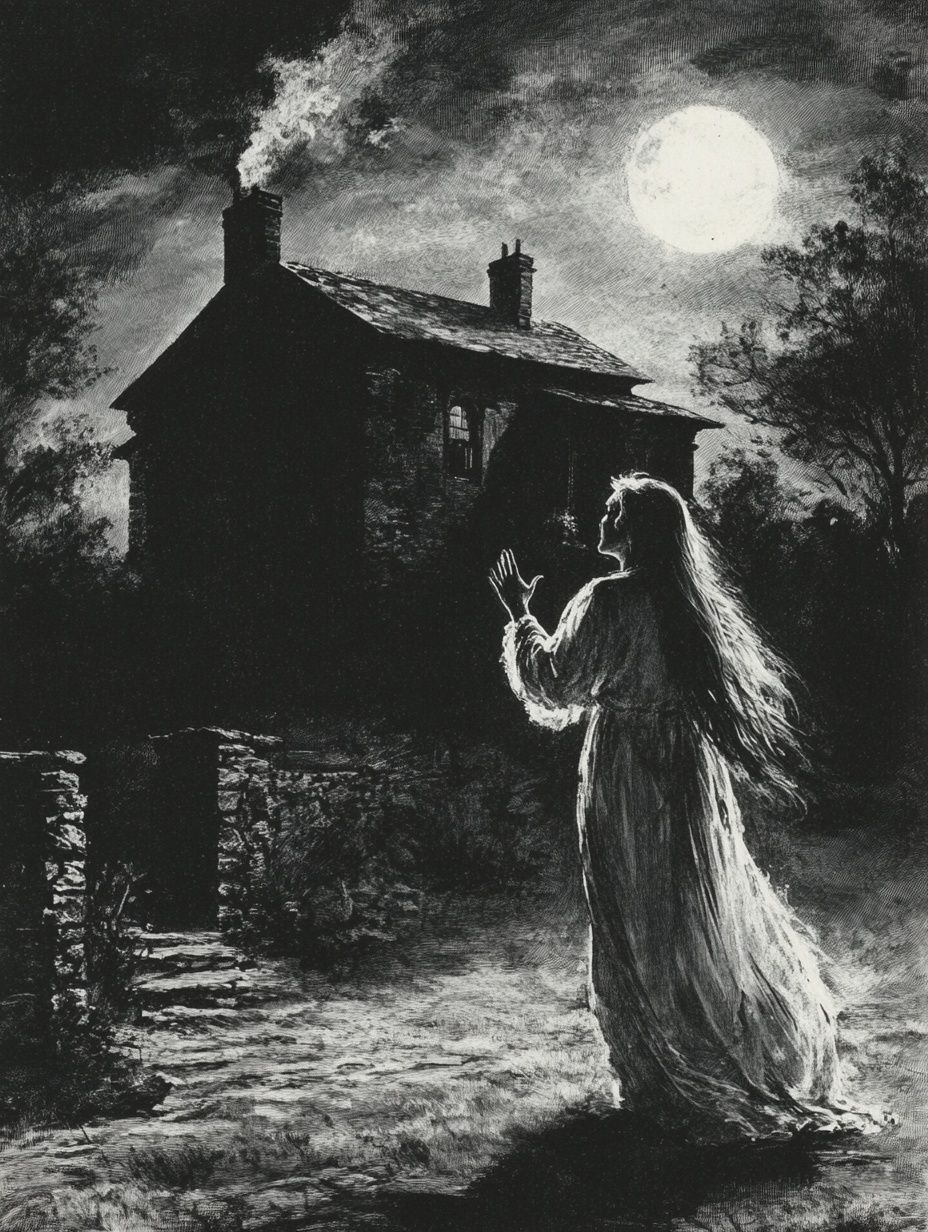
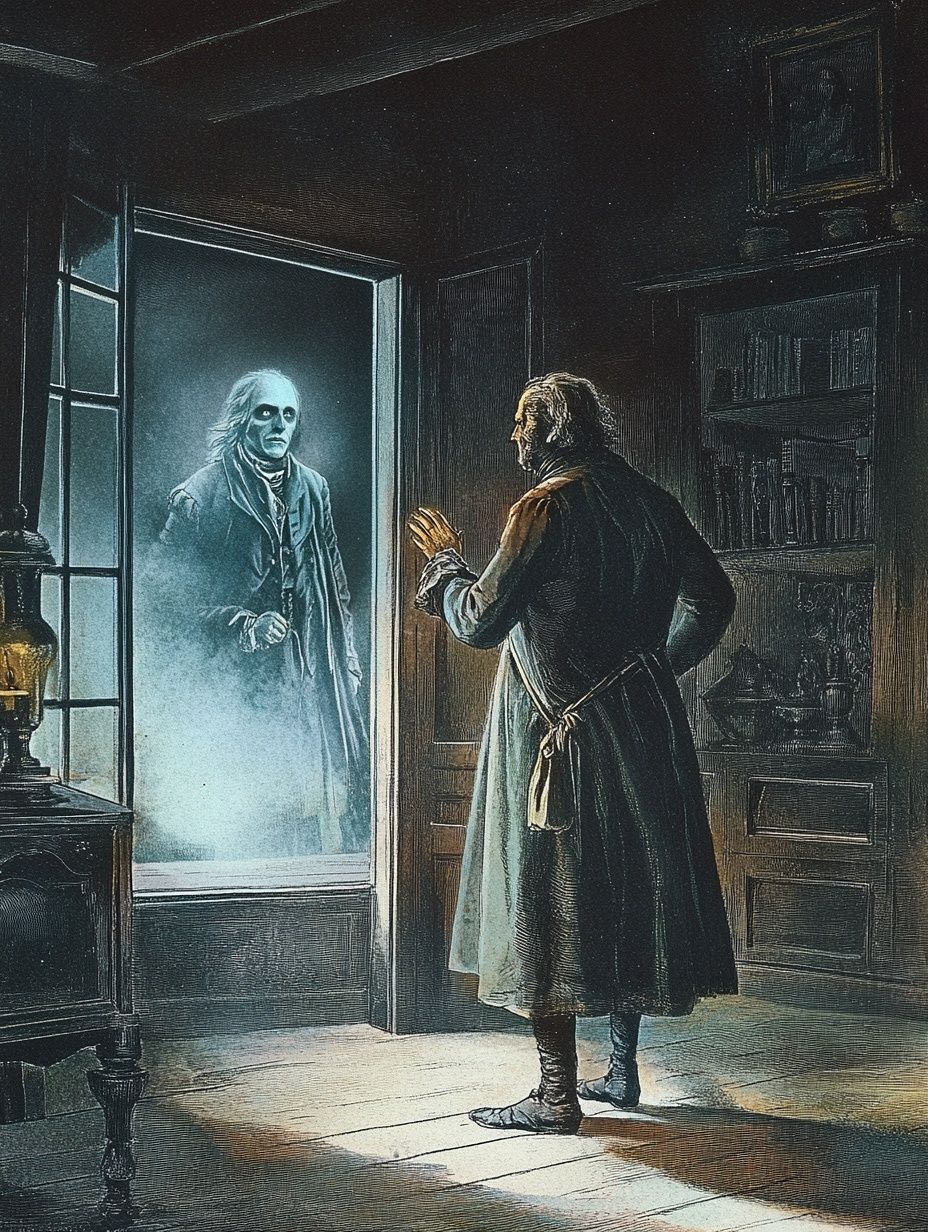
The Ankou
In the Celtic folklore of Brittany, Cornwall & Wales, the Ankou is an embodiment of death and a sort of mix between a Dullahan and the stereotypical depiction of death as a grim reaper.
It’s not a single entity but a role fulfilled by the last person to die in the parish each year. For the next twelve months, this skeletal figure drives a rattling cart, often pulled by two or more spectral horses, to collect the souls of the dead. To see the Ankou or to hear the creaking of his cart is a sign that death will soon visit your household.
The Bean Nighe
A darker and older version the of Banshee is the Bean Nighe (ban neeyeh). There are different versions of her but most stories from Irish and Scottish folklore tell of a spirit that would wash human heads and limbs and blood-stained clothes, often before a great battle (and thus predicting huge loss of life).
The Fetch /Doppelgänger
The Fetch (Irish) and Doppelgänger (German) is the idea of a spectral double of a living person. If you see an exact double of yourself or someone else, it’s a sign that death is imminent.
Death spirits & omens from the rest of the world
The Kumakatok (Philippines)
These are three hooded figures (a young woman, a middle-aged man, and an old man) who knock on doors at night. They don’t speak and if you answer the door, or sometimes simply hear the knock it’s said that a family member will die shortly. Painting a white cross on the door is the traditional ward against them.
El Silbón (Venezuela/Colombia)
A spectral giant in Latin American folklore known as "The Whistler" who carries a bag of bones. He emits a whistle that follows a musical scale and is creepily deceptive. That is, if the whistle sounds deafeningly loud, he’s far away and you’re still safe and if it sounds faint and distant, he’s standing right next to you, signaling imminent death.
Huaka'i Pō / Night Marchers (Hawaii)
These are the spirits of ancient Hawaiian warriors who march in procession at night to the sound of drums and chanting. If a living person looks at them, they will die violently unless a relative within the procession claims them. The standard protection is to strip naked, lie face down on the ground and strictly avoid eye contact until they pass.

Obscure animal death omens & spirits
Some of the best parts of folklore come from the most local or even individual stories. The first 2 stories below come from a vintage text about Irish ghosts, the rest are a little more widely recorded in Celtic, Norse and Global lore.

Gormanstown foxes
Originally a noble family, the Gormanstown coat of arms included a fox and it was said that when the head of the household was dying, real foxes, not ghost foxes, would congregate at Gormanstown Castle. Numerous stories were cited including the death in 1876 of Edward, the 13th Viscount, where foxes appeared and began barking under a window and he died later that night against expectations.
Cuckoos & white owls
While the raven and crow are popularly discussed as death omens in folklore, these 2 are much lesser-known. Typically summer birds, it was said that hearing the call of the cuckoo at any time of year signaled death. The story cited came from Clonaslee, Ireland, where in the middle of winter, after hearing the call of a cuckoo that morning, a servant accompanied her employers on a long drive in a horse and trap. During the trip the carriage was toppled by a large stone and the servant was thrown to her death with a broken neck.
The Church Grim
Not every spectral dog is a hellhound. Popular in English and Norse folklore, the Church Grim is a guardian spirit, often believed to be the soul of the first creature buried in a new churchyard. It protects the grounds from evil and, in the form of a large black dog, will appear to the priest or gravedigger to warn them that a parishioner is about to die, giving them time to prepare the grave. As always there are variations including this one of
the Kirkegrim in Danish lore.
The Cù-Sìth
The folklore of the Scottish Highlands gives us a much more specific and dangerous spectral hound. The Cù-Sìth (coo-shee) is a massive, shaggy dog the size of a bull, with a dark green coat. It doesn't hunt people, but it issues three terrifyingly loud barks that can be heard for miles. If you are unfortunate enough to hear all three, your heart will seize with terror, and you will die.
Cŵn Annwn
From Welsh mythology the Cŵn Annwn (koon an-oon) spectral hounds hunt the souls of the doomed across the night sky. Distinguished by their stark white coats and red ears, their arrival is signaled by a deceptive howl in a similar way to El Silbón discussed in the previous section - if the howl is loud, they're still far away but when you can barely hear them, death is imminent.
The Deathwatch Beetle
Not a spirit, the tiny Deathwatch Beetle is a real insect that bores into the wooden beams of old houses. In the oppressive quiet of an old sickroom, the faint, rhythmic ticking sound the beetle makes as it taps its head against the wood was often interpreted as death itself.
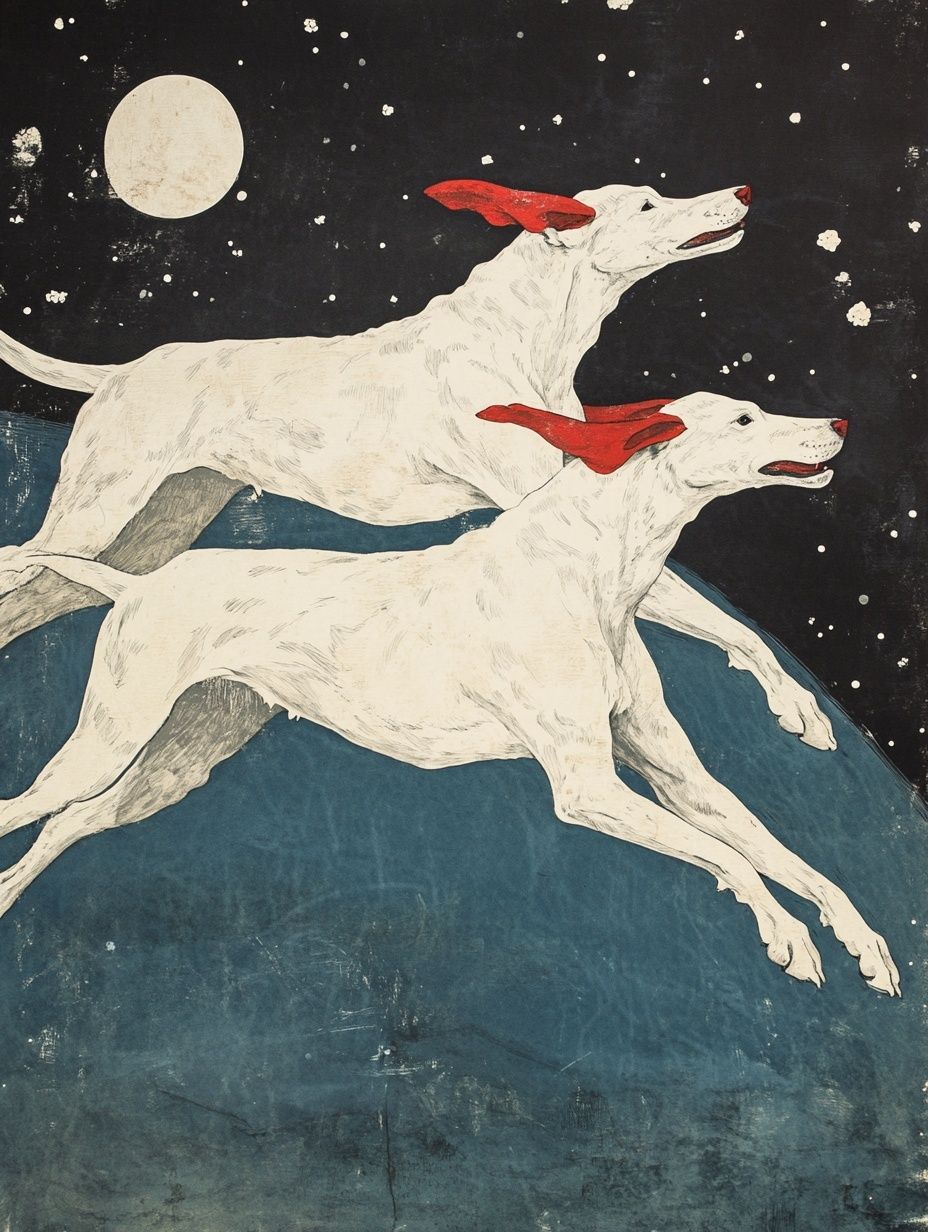
Obscure death omens of inanimate objects and everyday occurrences
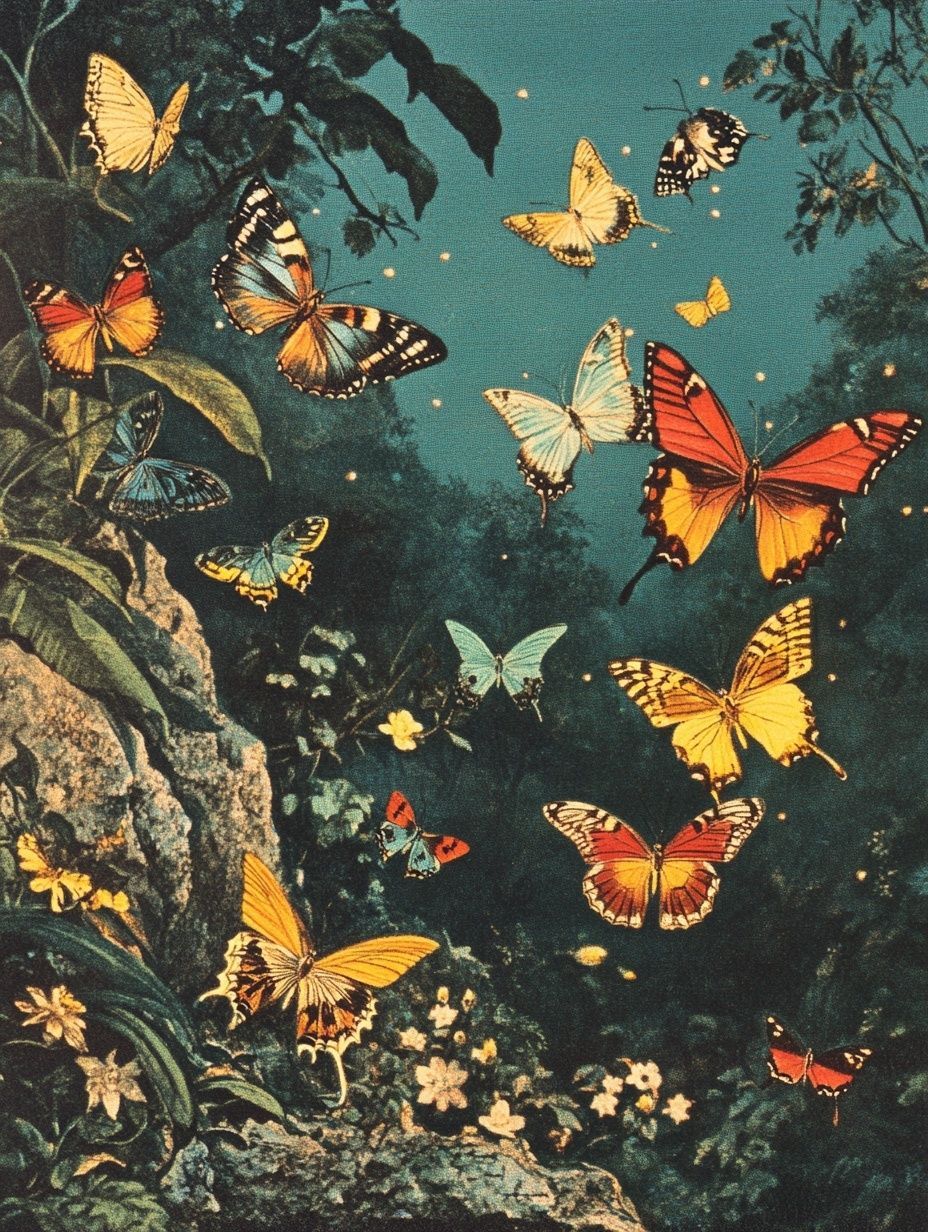
- Sudden breeze - a sudden breeze that doesn’t disturb anything was considered a signal of death for certain Irish families
- Butterflies flying at night - another death omen also from Celtic lore
- Winding candle wax - there was a specific belief relating to candles, that if the candle dripped in a certain way where it curled, it was considered to look like a “winding sheet” - the shroud that the dead were wrapped in. If this occurred, a death in the household was considered imminent.
- Double flame candles - in parts of Austria and Germany, a candle burning with 2 distinct flames is a death omen
- Moving lights - in Brittany (Celtic lore), if lights were seen to be moving near a person death was near. If someone tried to approach them the lights always kept the same distance. Of course later moving lights would become more integral to alleged UFO sightings.
- Carpenter’s lights - a later evolution in Cape Breton said that lights suddenly seen and unaccounted for in a carpenter’s shop meant he would soon be making a coffin
- Cracked bread - while baking, if the load cracked at the top this was said to be a death omen in the USA
- Ringing in the ears - today we might call it tinnitus, but in folklore the death-bell (US) or deid-bells (Celtic), the sudden sound of ringing bells, signified death (but not of the person hearing the noise). In some places, the direction of the apparent ringing would signify the direction from which the news of death would come.
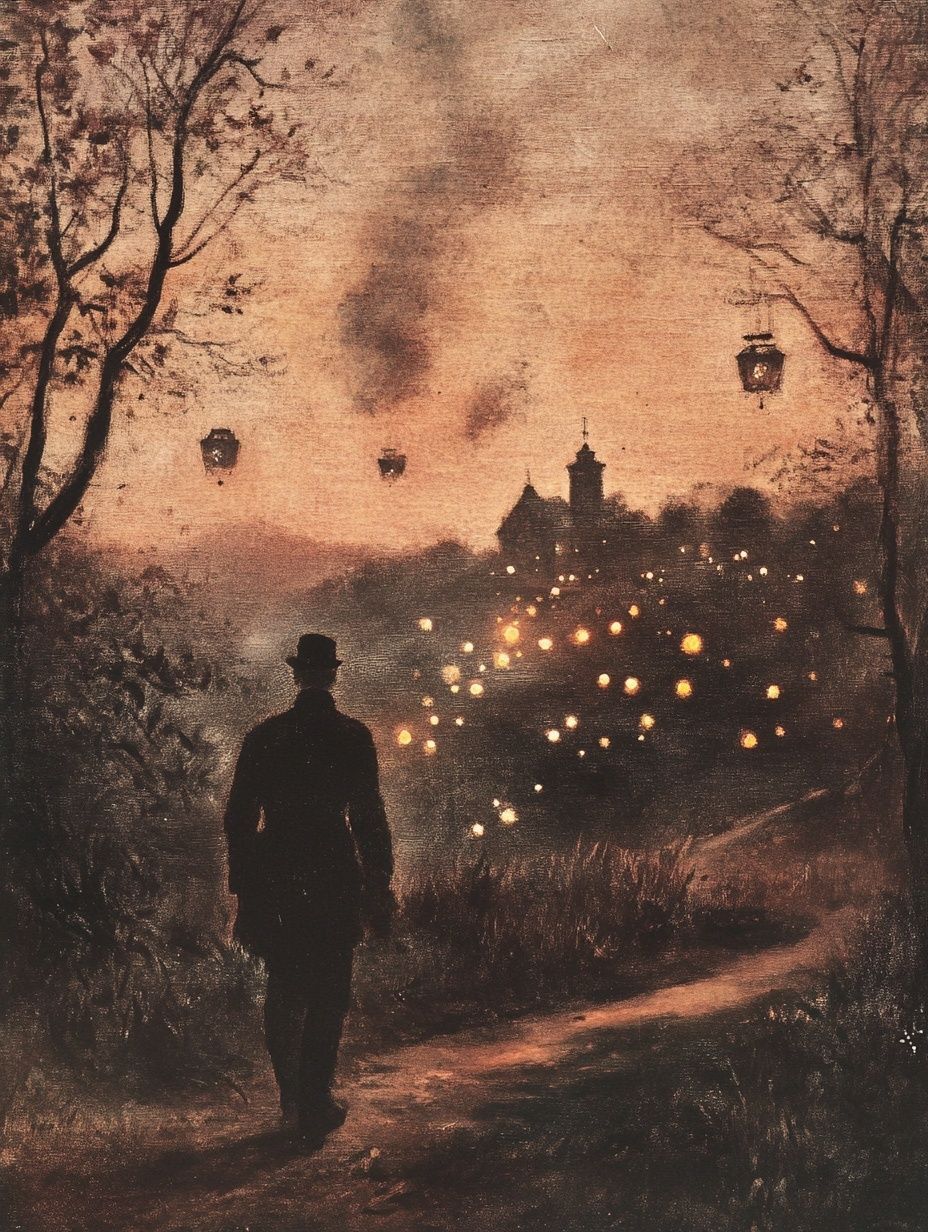
It can't be escaped and it can't always be understood, but humans have always found a way to deal with death in their own way.
Article sources
- Seymour, St. John D., and Harry L. Neligan, comps. True Irish Ghost Stories. Dublin: Hodges, Figgis & Co., 1914.
- Bergen, Fanny D., ed. Current Superstitions: Collected from the Oral Tradition of English Speaking Folk. Boston: Houghton, Mifflin and Company, 1896.
You might also like


